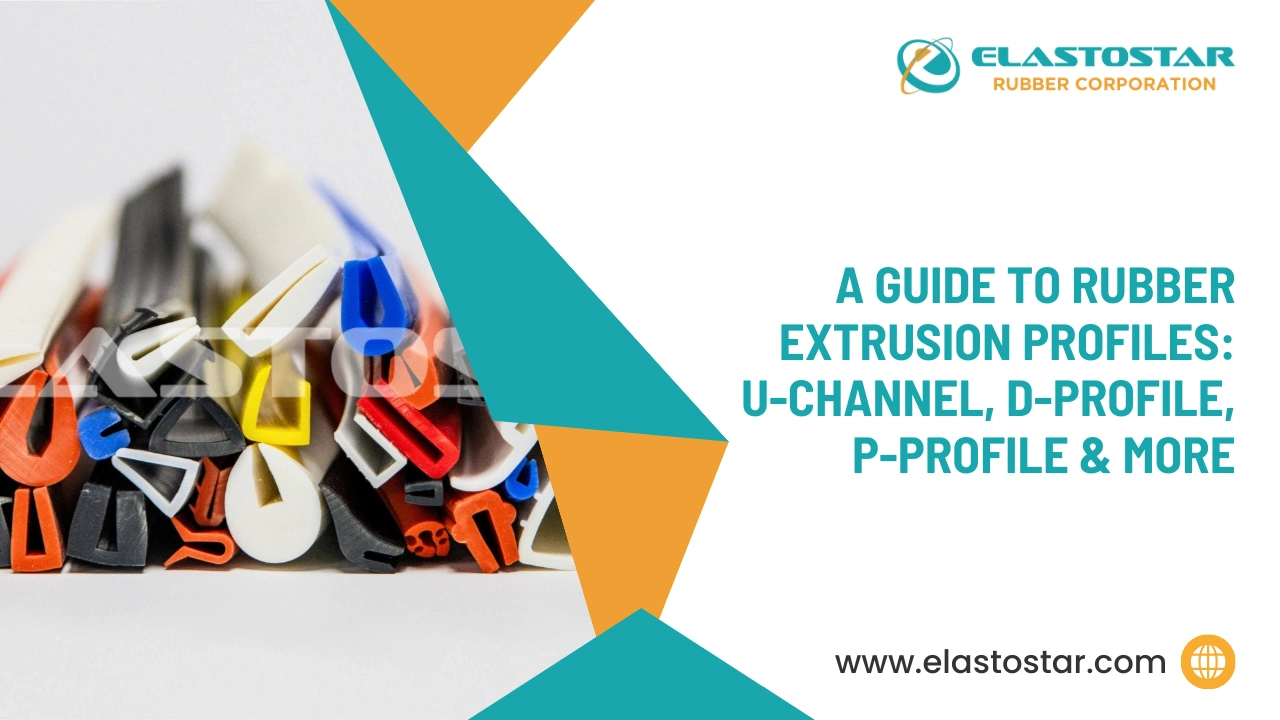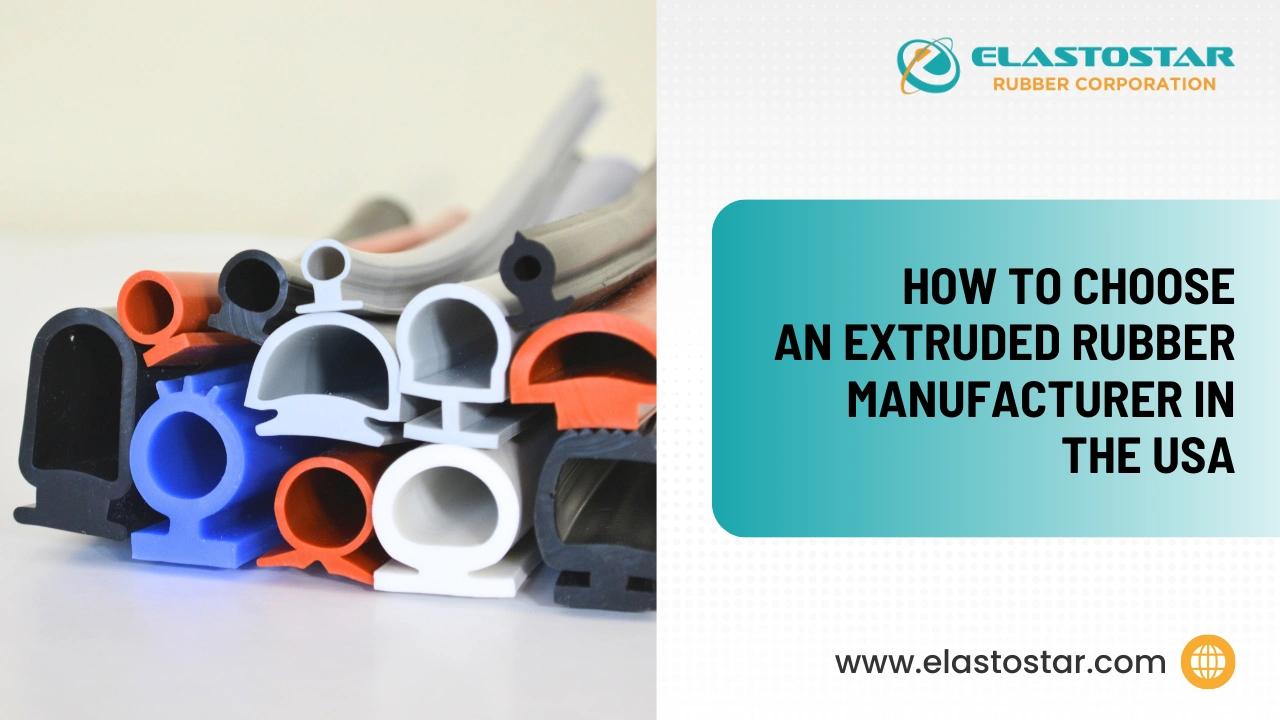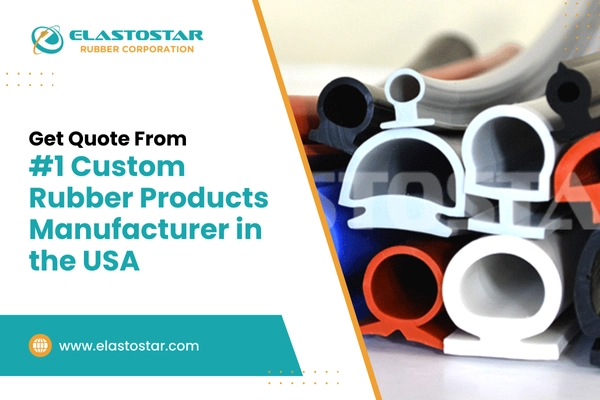When your project requires a custom-sized seal, spliced and vulcanized O-Rings provide an effective solution. These O-Rings are created by joining the ends of extruded rubber, making them perfect for non-standard applications.
Whether you’re in the automotive, aerospace, or manufacturing industry, these O-Rings offer flexibility and are made to meet specific requirements. From silicone rings to other materials, spliced and vulcanized O-Rings provide a reliable fit for your sealing needs.
Table of Contents
What Are Spliced O-Rings?
Spliced O-Rings are made by cutting rubber O-Rings from extruded cord stock and joining the ends together using either adhesive or vulcanization. This process allows manufacturers to create O-Rings in custom sizes that are not available in standard options.
Spliced O-Rings are ideal when you need specific dimensions for sealing applications that require more than the typical sizes available, such as high-heat O-Rings.
One of the biggest advantages of spliced O-Rings is their ability to be customized for unique or oversized applications. These O-Rings are commonly used in industries like automotive, aerospace, and manufacturing, where non-standard sizes are necessary for complex or specialized equipment. Their flexibility makes them a practical solution for custom sealing needs.
What Are Vulcanized O-Rings?
Vulcanized O-Rings are created through a process where heat and pressure are applied to spliced O-Rings to bond the ends together into a seamless, strong seal. This process, known as O-Ring vulcanization, results in a durable O-Ring that can handle high levels of stress without breaking or splitting. The vulcanization process strengthens the O-Ring to ensure it can perform well in demanding applications.
Vulcanized O-Rings are ideal for high-stress environments, such as automotive engines, industrial machinery, and aerospace components, where standard O-Rings may not fit. Their durable construction provides reliable sealing in conditions where precision and strength are crucial.
What is the difference Between Spliced and Vulcanized O-Rings?
Splicing vs. Vulcanizing
Splicing involves cutting an O-Ring from an extruded rubber cord and joining the ends together using adhesive. This method is great for creating custom-sized O-Rings for general use, especially when you need flexibility in sizing. However, vulcanizing takes the process further by bonding the ends using heat and pressure. This creates a seamless and much stronger O-Ring, making it more durable and ideal for high-stress environments, like high-heat O-Rings used in industrial or automotive applications.
| Type | Process | Common Uses |
| Spliced O-Rings | Adhesively joined rubber ends | Custom-sized O-Rings for general use |
| Vulcanized O-Rings | Heat and pressure bonding | High-stress applications requiring durable seals |
Benefits of Spliced & Vulcanized O-Rings
1. Custom Sizes and Flexibility
Spliced and vulcanized O-Rings are perfect for applications where standard O-Rings don’t meet the required specifications. Their ability to be made in custom sizes offers flexibility, making them ideal for unique or oversized applications across industries.
2. Strong Seals for Harsh Environments
Vulcanized O-Rings create strong, seamless seals that can hold extreme conditions, including high pressure and temperature. These high-heat O-Rings are often used in demanding environments such as automotive engines and industrial machinery, providing reliable sealing in challenging situations.
3. Cost-Effective for Custom Sealing Solutions
Compared to molding custom-sized O-Rings, splicing and vulcanizing provide a more cost-effective solution, especially for low-volume orders or prototypes. This process allows businesses to meet custom sealing requirements without the high costs of traditional molding.
What are the top Applications of Spliced & Vulcanized O-Rings?
1. Automotive Industry
In the automotive industry, spliced O-Rings are commonly used to create custom seals for engine components, fuel systems, and transmission lines. These O-Rings are ideal for non-standard applications where traditional O-Ring gaskets don’t fit, offering flexible solutions for specific automotive needs.
2. Aerospace
For the aerospace sector, vulcanized O-Rings provide strong and reliable seals that can handle extreme temperatures and pressures. These O-Rings are crucial for critical components in aircraft, ensuring safety and performance in high-stress environments.
3. Manufacturing and Industrial Machinery
In manufacturing and industrial machinery, custom-sized O-Rings are essential for sealing complex mechanical systems. O-Ring splicing and vulcanization allow for the production of large seals, making them perfect for non-standard equipment and large components that require a seamless, durable seal.
What materials are used in Spliced & Vulcanized O-Rings?
1. Rubber Materials for O-Rings
Common materials for spliced and vulcanized O-Rings include silicone, EPDM, nitrile, and fluoroelastomers. Silicone handles extreme temperatures, EPDM resists weathering, nitrile is great for fuel and oil applications, and fluoroelastomers offer excellent chemical resistance.
2. Choosing the Right Material
Select the material based on your application’s conditions. For high temperatures, choose silicone or fluoroelastomers. For UV and weather exposure, EPDM O-Rings are ideal, and nitrile is a strong option for fuel and oil-related uses.
| Material | Temp Range | Chemical Resistance | Common Uses |
| Silicone | -80°F to 450°F | Excellent for oils | Automotive, Aerospace |
| EPDM | -60°F to 300°F | Weather and UV resistant | Outdoor Equipment |
| Nitrile | -30°F to 250°F | Good for fuels and oils | Industrial Machinery |
| Fluoroelastomer | -10°F to 400°F | Superior chemical resistance | Chemical Processing |
Recommended Reads
- Custom Silicone O-Rings Leading Manufacturer In The USA And Canada
- A Complete Guide – What Is Rubber Silicone O-Rings?
- Know About Silicone Rubber O Ring & Its Properties

Conclusion
Spliced and vulcanized O-Rings provide flexible, strong, and cost-effective solutions for industries such as automotive, aerospace, and manufacturing. These O-Rings offer reliable sealing for custom applications where standard sizes aren’t suitable. At Elastostar Rubber Corporation, we specialize in producing high-quality O-Rings that meet specific industry needs. If you’re looking for durable, customized sealing solutions explore Elastostar’s range of O-Rings designed for challenging environments and unique applications.
FAQs
1. What is a vulcanized O-ring?
A vulcanized O-Ring is made by bonding the ends of an O-Ring cord through heat and pressure. This process creates a seamless, durable seal, ideal for high-stress applications like those in the automotive and aerospace industries.
2. What is a vulcanized splice?
A vulcanized splice refers to the joining of two ends of an O-Ring cord through heat and pressure, forming a seamless, strong connection suitable for demanding environments.
3. How are spliced O-Rings made?
At Elastostar, spliced O-Rings are made by cutting rubber cords to the desired length and joining the ends using adhesive or vulcanization. This process creates custom O-Rings for non-standard applications.
4. What is an O-ring splicing kit?
An O-Ring splicing kit contains tools, cord stock, and adhesive, allowing users to create custom-sized O-Rings by cutting and joining O-Ring cords. It’s used in situations where specific O-Ring sizes are needed.
5. Are there different types of O-rings?
Yes, there are various types of O-Rings including silicone O-Rings, EPDM O-Rings, and high-heat O-Rings. Each type is designed to meet specific needs based on temperature, chemical exposure, and pressure conditions.





